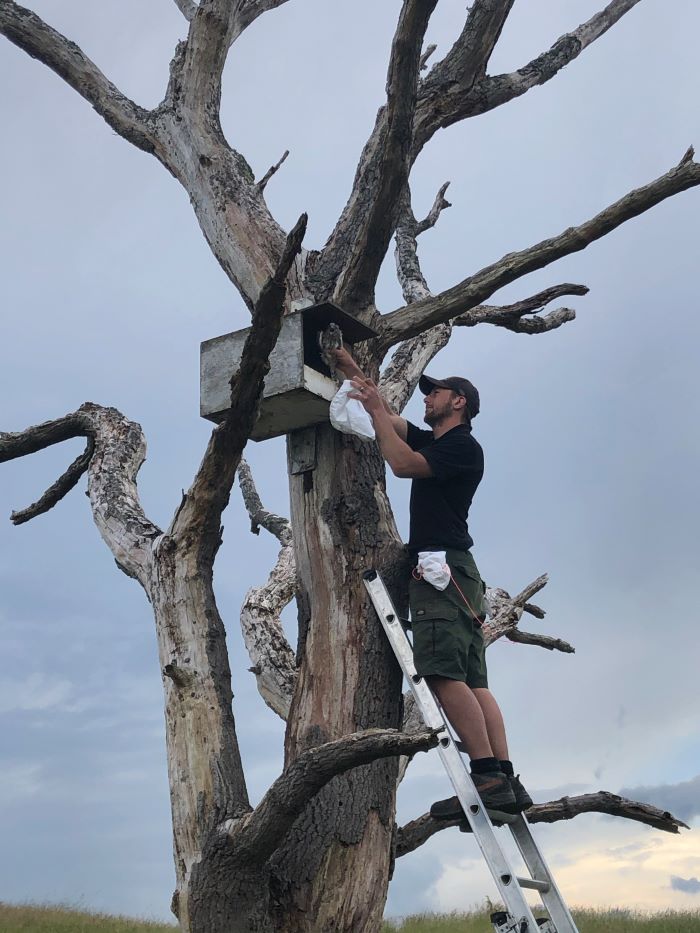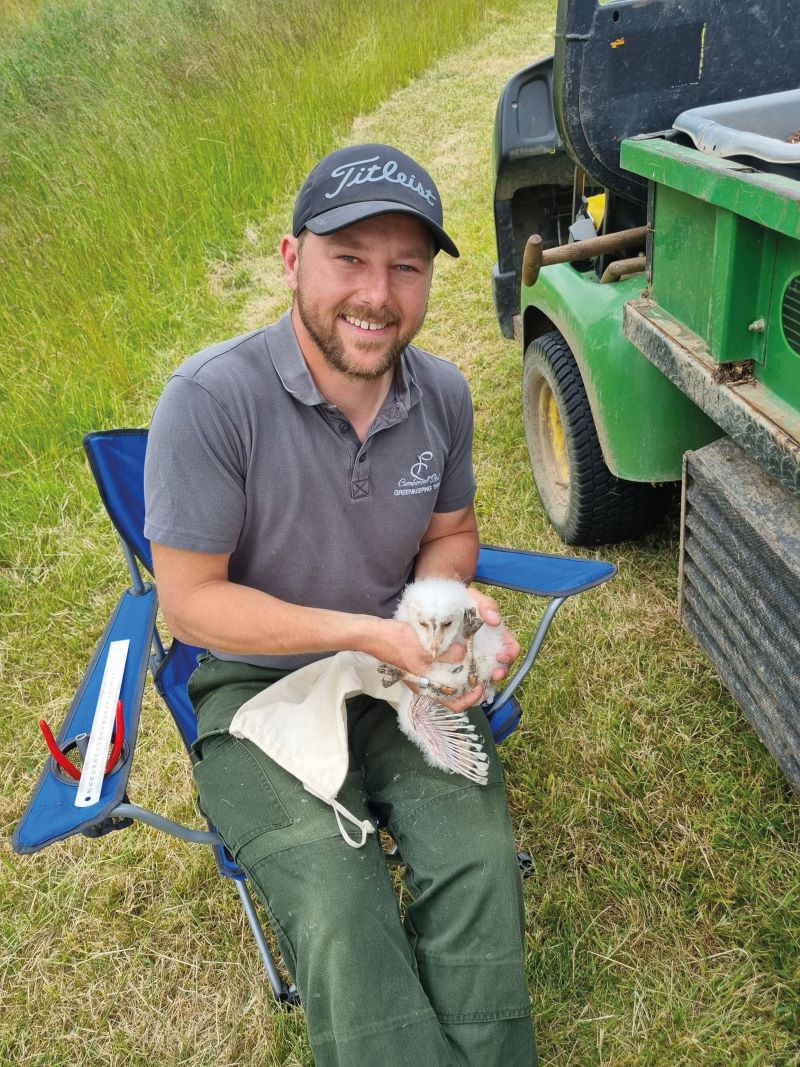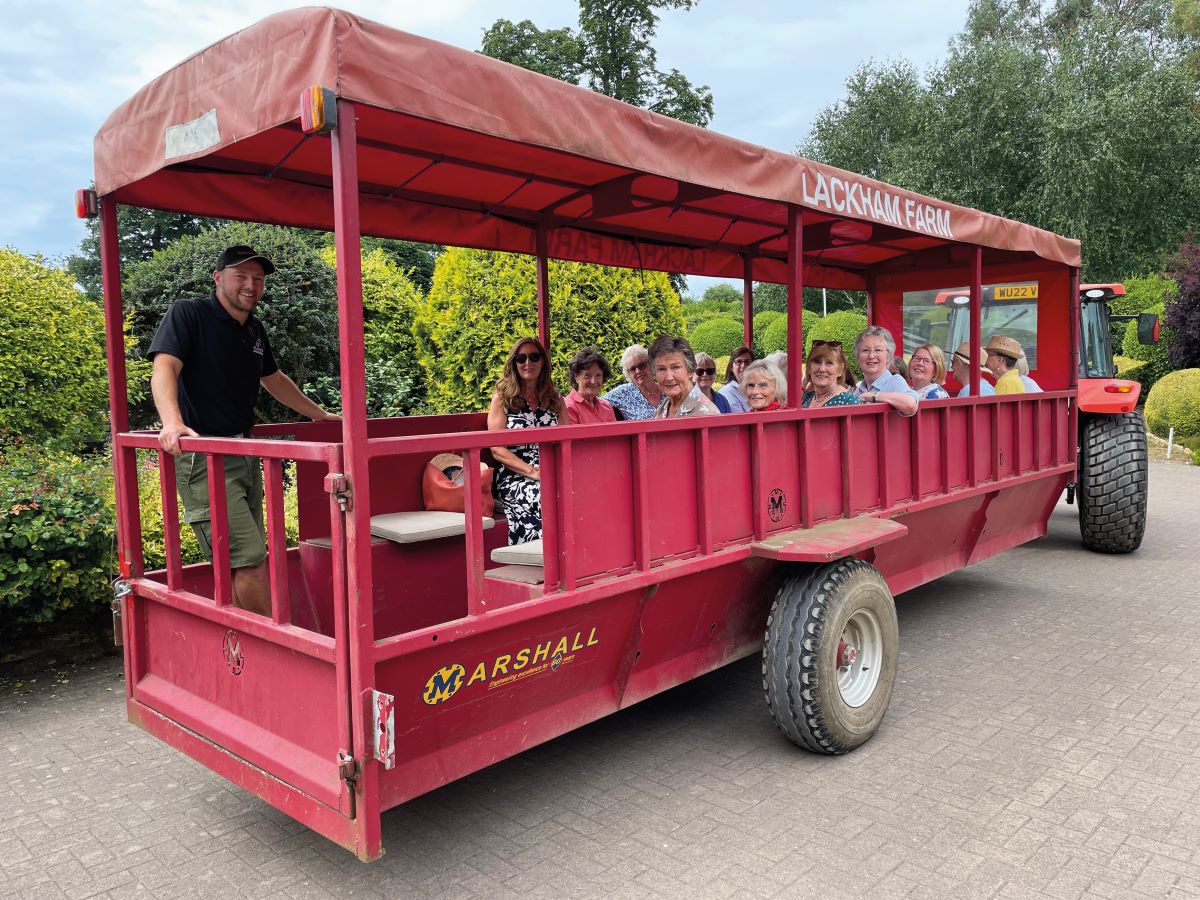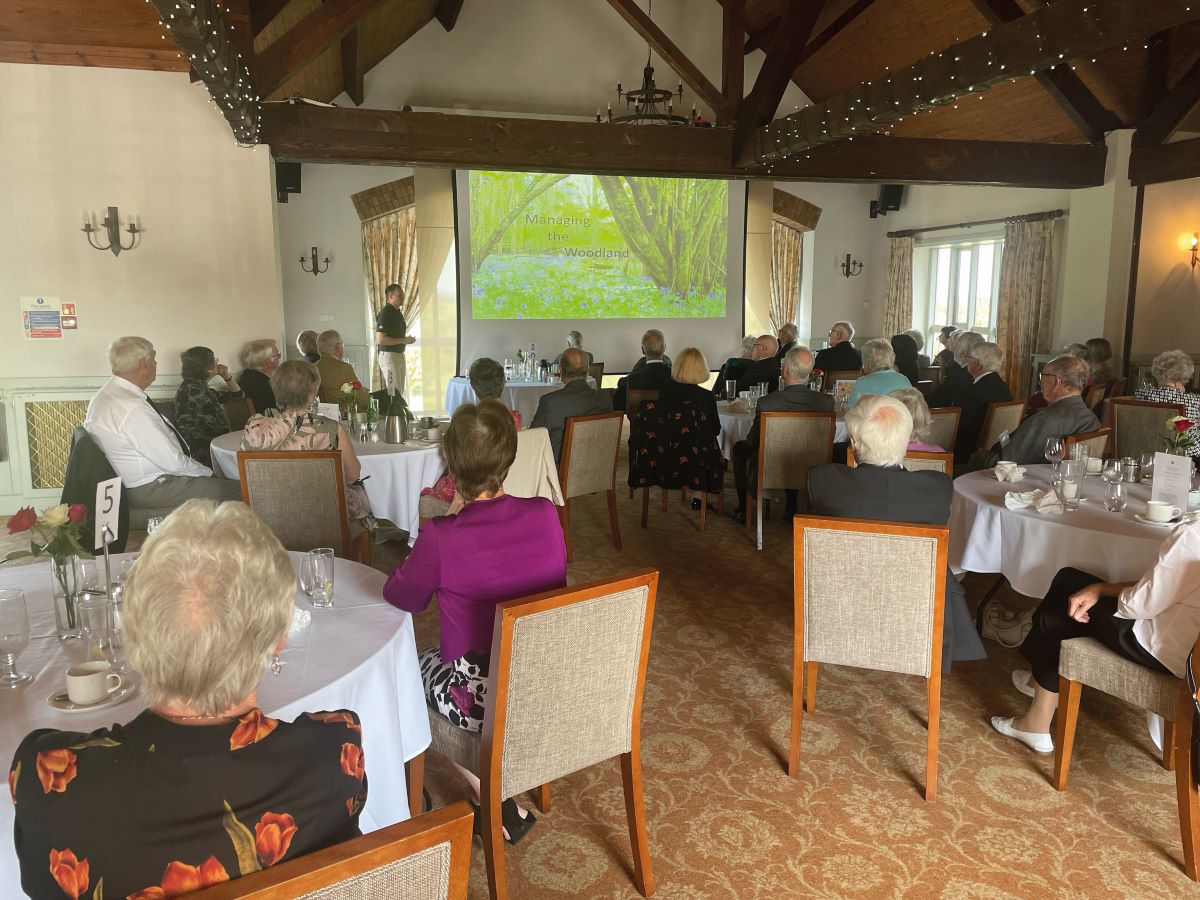- Homepage
- News and Features
- Five conservation projects YOU could start today
Five conservation projects YOU could start today
Cumberwell Park’s Head of Conservation Jon Keepen identifies five projects practically any golf club could undertake to bolster their ecological credentials.

1. Leave areas of unmaintained grass
Leaving areas of grass to grow without intervention is a great way to promote wild areas that are havens for wildlife.
I know some people might fear that such areas can be seen as a little bit messy but they don’t even have to be next to fairways or in play – you could have them in places that are largely out of sight, like a greenkeeper’s yard or somewhere on site that’s not directly on the course.
Things like nettles and brambles are great habitats for creatures, and they add to the diversity of the course.
2. Sow wildflower seeds
A lot of courses are doing this already, which is great to see. Sowing wildflower seeds is another way to increase biodiversity and provide rich habitats for plants and wildlife.
Again, while this can be done in various places around the course, you can also do it on the fringes of the driveway into your golf club or around the clubhouse.
Consider replacing a flower border that might have had just perennial flowers in it with some wildflower seed instead – this is much more beneficial to insects, butterflies and bees.

3. Install bird and bat boxes
We have a lot of scrap wood lying around our sheds here from other projects, so I save that and we build bird boxes and bat boxes.
I appreciate not every course is going to see barn owls, but the boxes will still attract birds even in urban locations. Putting up a few small tit boxes around your course, on buildings or on trees, is a really good way of encouraging wildlife.
4. Involve the members
It’s important to do things that involve the members and get them on board with your conservation efforts. We have a conservation notice board in our clubhouse that features pictures from around the course and information on the wildlife.
Members can report sightings of any wildlife they see while they are playing. So, if they see a kingfisher or something a bit rare, they can let us know, and it helps us build a really good picture of what’s on the course.
If you keep the members up to date and involved, they will be behind you when you embark on any projects because they will see the value and understand what you’re trying to achieve.

5. Approach local wildlife groups
None of us are experts in everything so it helps to seek guidance from external sources who can provide that knowledge. For example, we have been working with the local branch of Butterfly Conservation for a couple of years and they do moth trappings throughout the summer months. Once a month, they’ll come in and put moth traps out overnight and record their findings. That helps us to understand what we have on the course, and they can also advise on things we can do to encourage other moths and other butterflies.
There’s a wildlife group out there for almost every animal, and they’re more than happy to offer help and advice. It’s definitely something all golf clubs should be seeking out GI

Why I love conservation
My role provides an opportunity to work in such a nice environment, out in nature surrounded by wildlife. You get outside early in the morning when there’s nobody else around, it’s calm and quiet and you have the chance to see nature at its best. When you’re out and you see an owl - or some other wildlife - and they don’t even notice you’re there, you come to appreciate why conservation is so worthwhile. We’ve got woodlands here, lakes, wildflower meadows – they all offer something different and something worth looking after.
Author

BIGGA
About Jon
Jon started in greenkeeping in 2012 as an assistant at Cumberwell Park, in Wiltshire, and is now the club’s head of conservation, having nurtured a lifelong passion for the subject.
In 2021, he was named Conservation Greenkeeper of the Year at the Golf Environment Awards, a prize given to outstanding individuals who make significant contributions to the success of environmental and ecological management, making a positive impact on the surrounding landscape and biodiversity.
His efforts have had a transformative impact on the 54-hole site, where over 150 acres has been converted to rough grassland, creating green corridors for creatures great and small. Last year, Cumberwell Park achieved GEO Certified status.
Jon engages in conservation work away from the golf course, assisting the local community and wildlife groups, and has also recently earned a C licence to ring owls and kestrels.
